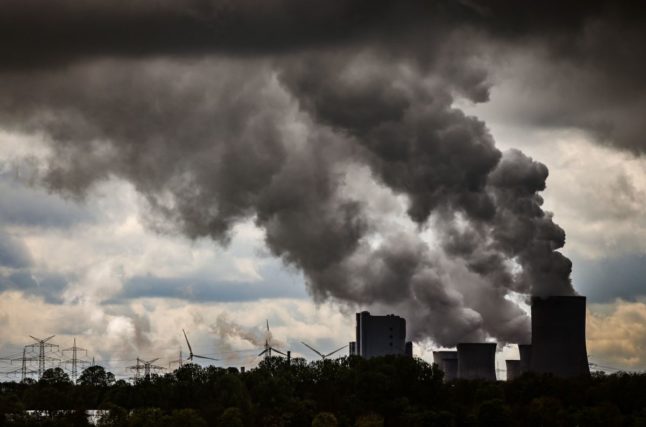P { margin-bottom: 0.21cm; }
The island of Helgoland in the North Sea was home to 141 seal pups, 47 of which are missing since Xaver hit on Thursday. They are not expected to survive without their mothers.
Their mums are said to be hitching up and down beaches crying out to their lost babies, commissioner for nature protection on Helgoland Rolf Blädel said on Tuesday. “It was depressing,” he said, after making the grim discovery that only 94 of the previously-counted pups could be found.
Five mother seals are also missing, said Blädel, and their pups have been taken to a seal rescue centre on the nearby island of Friedsrichskoog.
CLICK HERE for pictures of remote Helgoland after the hurricane
Over on the Baltic cost, Mecklenburg Western-Pomerania saw 400,000 cubic metres of land blown away by 150 km/h winds last Thursday and Friday, Minister for the Environment Til Backhaus said on Monday. Total damages to the state stand at around €4 million ($5.5 million).
Juist, an island in the North Sea off the Lower Saxony coast, saw 25 metres of dunes blown into the sea, a spokeswoman from the state's coastal protection organization the NLWKN said. This was significantly more than other islands.
The loss was not unexpected, but in comparison to previous storms was “rather severe”, she told the Süddeutsche Zeitung newspaper. Especially when taking other North Sea islands into consideration – Langeoog lost just two to four metres of its 350 metres of dunes.
Hurricane Xaver dislodged 500 cubic metres of debris into dykes in Juist which need to be cleared out.
Juist's mayor Dietmar Patron told the Süddeutsche he was happy Germany received plenty of warning that there was about to be a storm. He said it allowed authorities to pay special attention to harbour areas, to ensure minimal damage was done there.



.jpg)


 Please whitelist us to continue reading.
Please whitelist us to continue reading.
Member comments